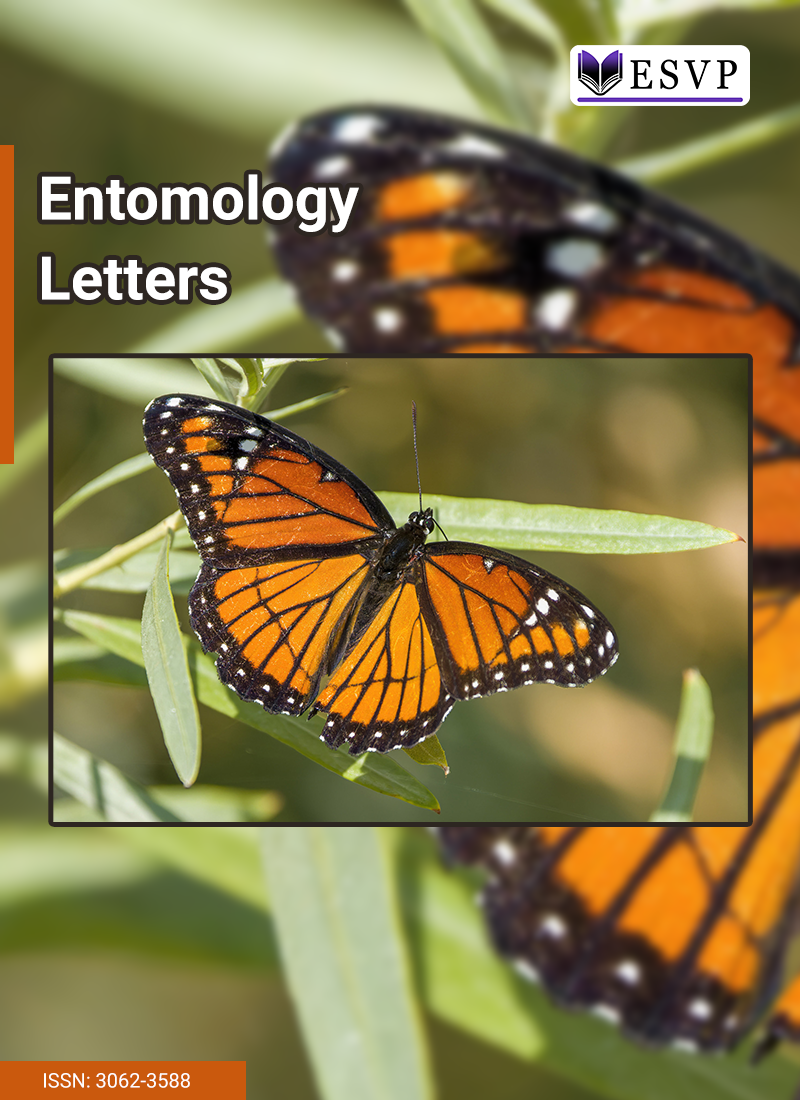
Lasioderma serricorne (F.) (Coleoptera: Anobiidae) is widely recognized as the most harmful pest in the cigarette production industry. Beta-cyfluthrin, a synthetic pyrethroid, has long been used as an effective pesticide to control L. serricorne in cigarette and food processing facilities. This study aimed to evaluate the resistance of L. serricorne populations collected from the Hefei cigarette factory to beta-cyfluthrin and their response to imidacloprid, an alternative insecticide. The findings showed that the L. serricorne strain from Hefei exhibited significant resistance to beta-cyfluthrin but remained highly sensitive to imidacloprid, with a minimal cross-resistance ratio of 1.00-1.33. Further field trials showed that beta-cyfluthrin space sprays were ineffective in controlling the pests in the cigarette manufacturing area. In contrast, imidacloprid was highly effective, reducing the L. serricorne population by up to 100%. This study highlights the importance of early detection of insect resistance, the development of alternative pest control strategies, and the potential of imidacloprid as a viable option for the management of pyrethroid-resistant Coleoptera species. Furthermore, the results indicate that imidacloprid space sprays in confined spaces hold significant promise for the control of stored-product pests.